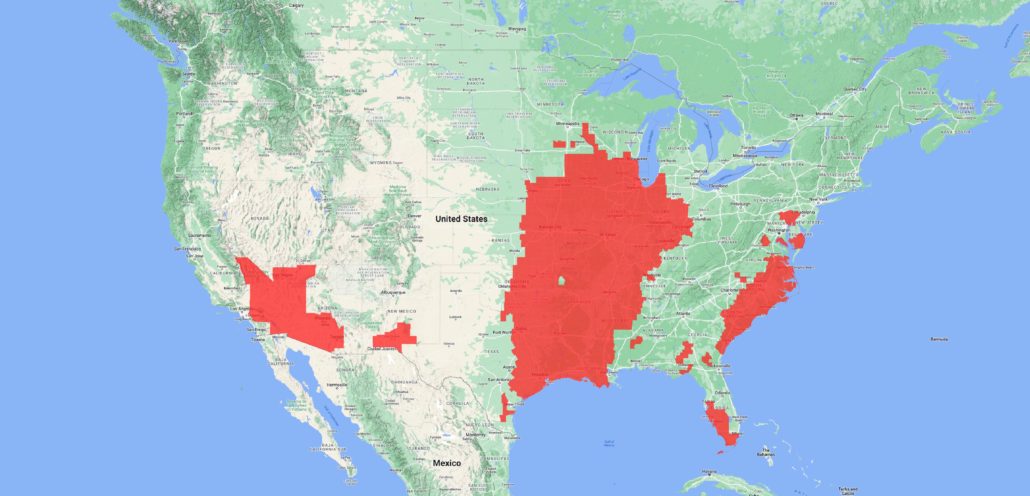President Biden is set this week to sign the Inflation Reduction Act, which, in part, attempts to tackle climate change. The bill, which narrowly passed the Senate Floor along party lines, would put about $370 billion towards climate change. Specifically, it incentivizes renewable energy for both private corporations and individual households. As a result, it seems the hot topic of “Climate Change” has come to the forefront of national media.
Hot Topic
Coincidence or not, articles covering several recent studies have been published this week on the invigorated topic. Speaking of hot topics, the heat waves across Europe and the United States have been stories all summer. Moreover, worsening drought is forecast for this year and beyond. Furthermore, a new long term study suggests dealing with dangerously hot weather could become normal for many Americans in the next 30 years. Dubbed the “extreme heat belt”, an area about a quarter of the U.S. in size is at risk of a new normal in terms of heat. The majority of the new area runs north from the Gulf of Mexico to Wisconsin.

By 2053 it is forecast that 107 million people in these hundreds of counties will experience at least one day that has a heat index of at least 125℉ or greater. [Source: First Street Foundation]
Drought Implications
Tuesday, the same day as the signing of the bill, the federal government also announced the looming shortage of water from the Colorado River. The entire population of the Southwest relies on water from the Colorado River. Unfortunately, the long duration drought the West is experiencing means the river is running out of water. Subsequently, the experts are focused on smartly using what water there is and planning for continued drought.
On the Flip Side
Yet another hot topic study came out this week, citing rising temperatures as a contributing factor for increased risk in CA of disastrous flooding. 160 years ago a month-long rain event caused a mega flood that lasted six months. Unfortunately, events like 1862 historically occur every 100-200 years, meaning that it is due. Moreover, their concern is the effect global temperature warming could have on the frequency and severity of those events in the future. However, the population in CA during the last flood in 1862 was only 1.25% of what it is today. After the obvious life safety concern, the study suggests the ripple effects could total the world’s first trillion-dollar disaster. With infrastructure, economics, and supply chains in the balance, let’s hope they’re wrong. Let the Megaflood hot topic become a cold case.





One Comment